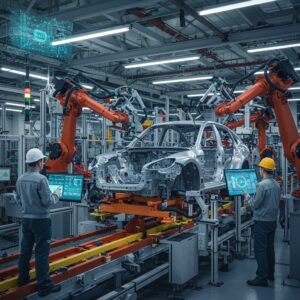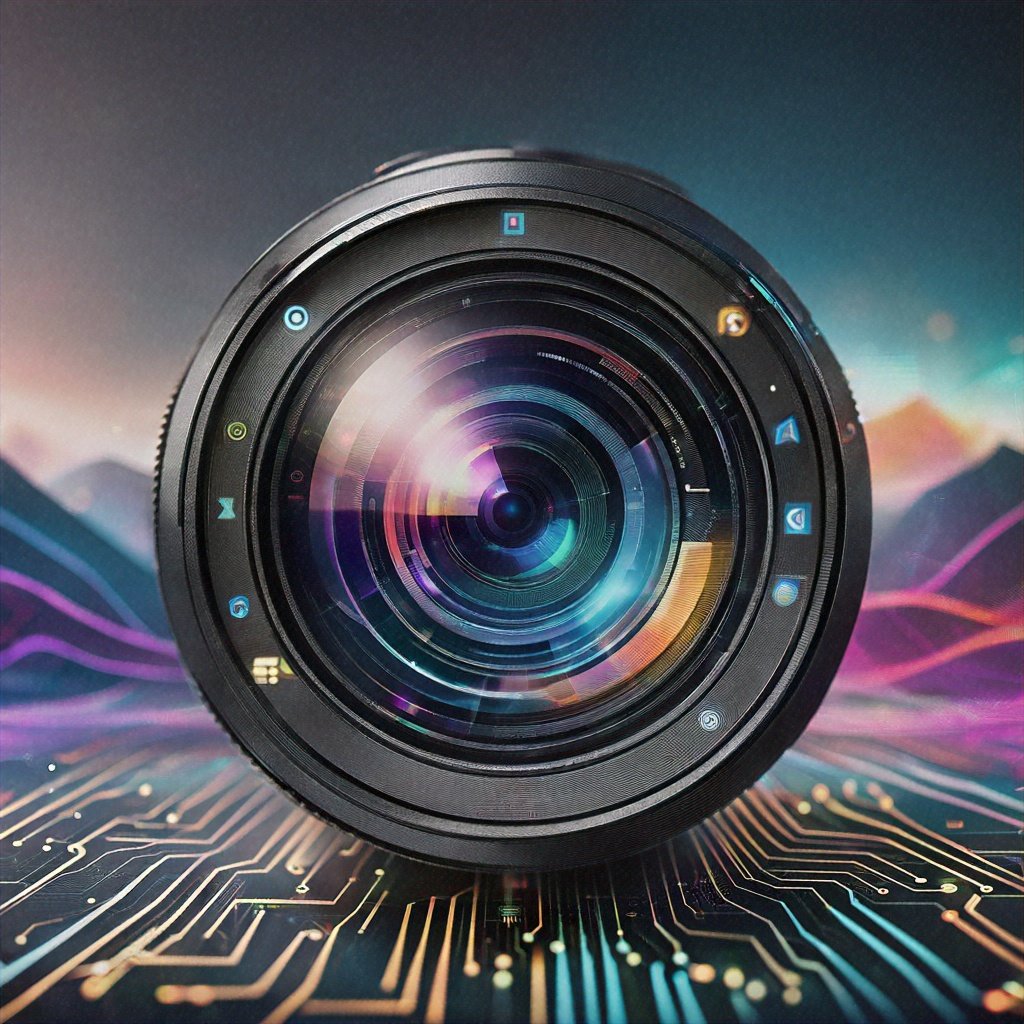
Shutterstock
Landingai, Visual AI, founded by Andrew NG, has recently conducted two main products: Partnership with Cortex Snowflake Cortex AI to bring visual inspection in the automotive industry and upgrades to its Extraction Agency (ADE), which is based on instruments and extracts knowledge of the most complex documents.
To understand how these announcements make the overall Landingai strategy and what it means for this industry, I spoke to Landingai CEO Dan Maloney. He said that the company’s secret sauce is to focus on agent technology and combines advanced computer vision with AI AI to solve complex visual problems.
Maloney shared how the company’s agency shifts the boundaries of automation and why these movements signal a greater transformation in how businesses use AI.
Landingai integration with Snowflake Cortex AI It demonstrates how AI tools transform production processes. By integrating its Ai-Powred Inspection and Document Intelligence Platform into Snowflake’s AI cloud, Landingai allows manufacturers to automate quality control, such as automatic marking of defective parts on production line or setup.
Maloney shared that Snowflake partnership did not occur overnight. “First we connected with Snowflake about two years ago when we asked us to come and talk to the Snowflake summit,” he recalled. Maloney already knew a team of snowflakes from his time on zepl, and The company he founded and later sold the datarobotWhich helped to provoke an early connection.
 One of the areas of Snowflake’s focus was to move over structured data and become a platform for all types of data, and this is where Landingai could play a key role. The product of the Landingai visual inspection, LandinglensGo natively in the Snowflake ecosystem. This simplifies deployment across AWS, Azure and Google Cloud.
One of the areas of Snowflake’s focus was to move over structured data and become a platform for all types of data, and this is where Landingai could play a key role. The product of the Landingai visual inspection, LandinglensGo natively in the Snowflake ecosystem. This simplifies deployment across AWS, Azure and Google Cloud.
Since Landingai causes its products to run inside snowflakes, it makes it easier to obtain approval from customers with safety knowledge. “Whatever running in the snowflake, customers are almost comfortable to say yes, we will start this solution,” Maloney said. “By integrating into Snowflake, which opened their installation base to put more easily deployed.”
Maloney explained that the automotive industry is not the only focus of Landingai; However, since the company had long -term experience in this industry, however, the Snowflake Partners partnership has become strongly.
“Automotive has enough different uses of Hitter-World-World with different car providers to make everhythesing from using X-rays to look into the inner door panels to make sure there are right screws and components.”

Landingai Director Dan Maloney Source: LinkedIn
When he asked that IFngai was planning to expand to other industries, Maloney confirmed that he was already. “We started production and health and live science was another group,” he said. “And then I’ll know, for that, we’ll actually bring some new products to the market.”
Speaking of products, landing AI upgraded its agency extraction of documents (ADE) to allow the quick processing of documents. Maloney acknowledged that while traditional OCR methods (optical character recognition) work well with textual and structured documents, but often fight when data become more complex.
According to Maloney, the use of Visual AI Solutions Landingai was a natural adaptation of the world of the document, which he described as almost a semi -structure compared to chaotic challenges in the real world that the company has already dealt with in the automotive space.
Using profitical visual models with large language models (LLM), Landingai was able to achieve results that were beyond what the traditional OCR can handle. “I often talk that LLMS is blind, and we are like a LLMS lasik,” Maloney said. The company now adds new capacity, such as scoring trust and visual grounding to documented extraction, and draws on techniques that it has already successfully used to detect objects.
When he talked about the competitive advantage of society, Maloney stressed that when it comes to expertise specific to the domain, such as Visual AI, Landingai offers the depth that the Hyperscaler considers to be demanding. However, some tools or elements from other companies can actually support Landingai solutions.

Shutterstock
Its perspective is that while from larger players in the field, it focuses strongly on language and text, the visual space remains a heavier technical challenge. However, it expects to be another big limit.
One of the main challenges that can be solved by agent thinking is the accuracy – reducing hallucinations and providing credible outputs. Maloney noted that many AI applications require a high battery, and that is where companies like Landingai with their agent capacity can have a significant impact.
Landingai’s pressure under the agency and visual AI holds real promised. Although the final impact of industry is still developing, it is a company that is worth overseeing.
Related items
When will the models of big visions have their chatgpt for a moment?
Democratic AI and an effort for a verifiable truth: how absolute zero can change everything
Decoding metrics: Why does the “universal language” of observability still need a translation
(Tagstotranslate) ADE

